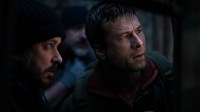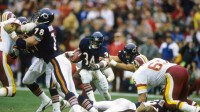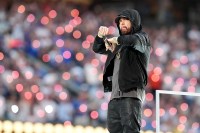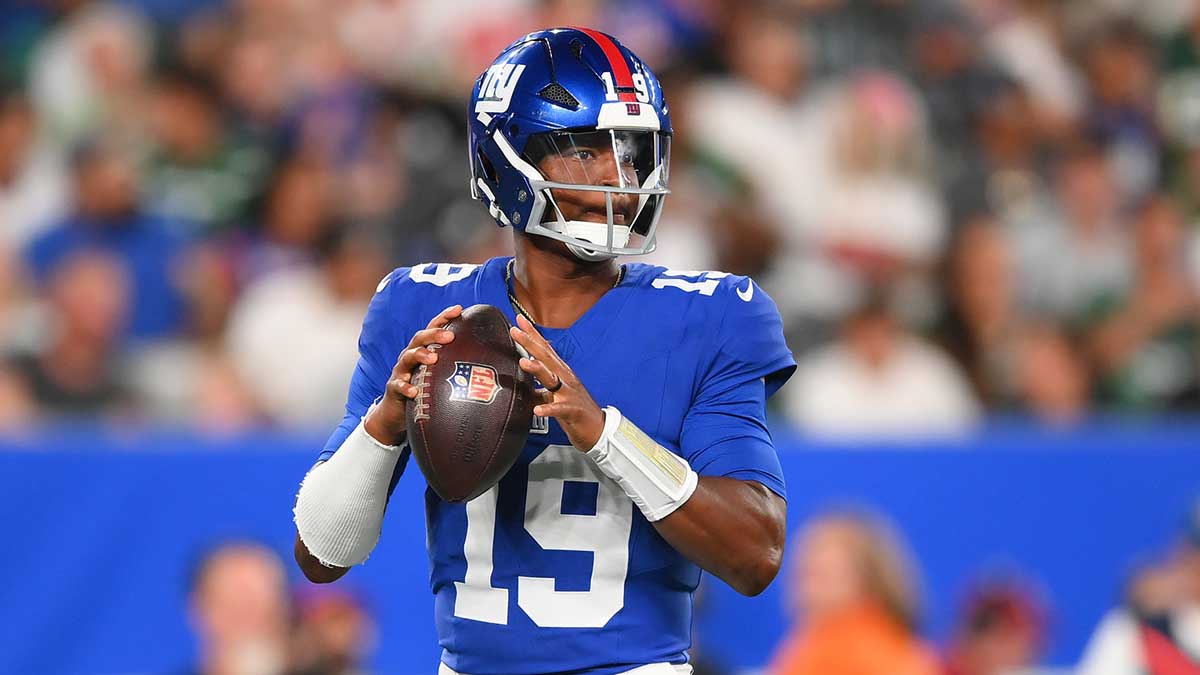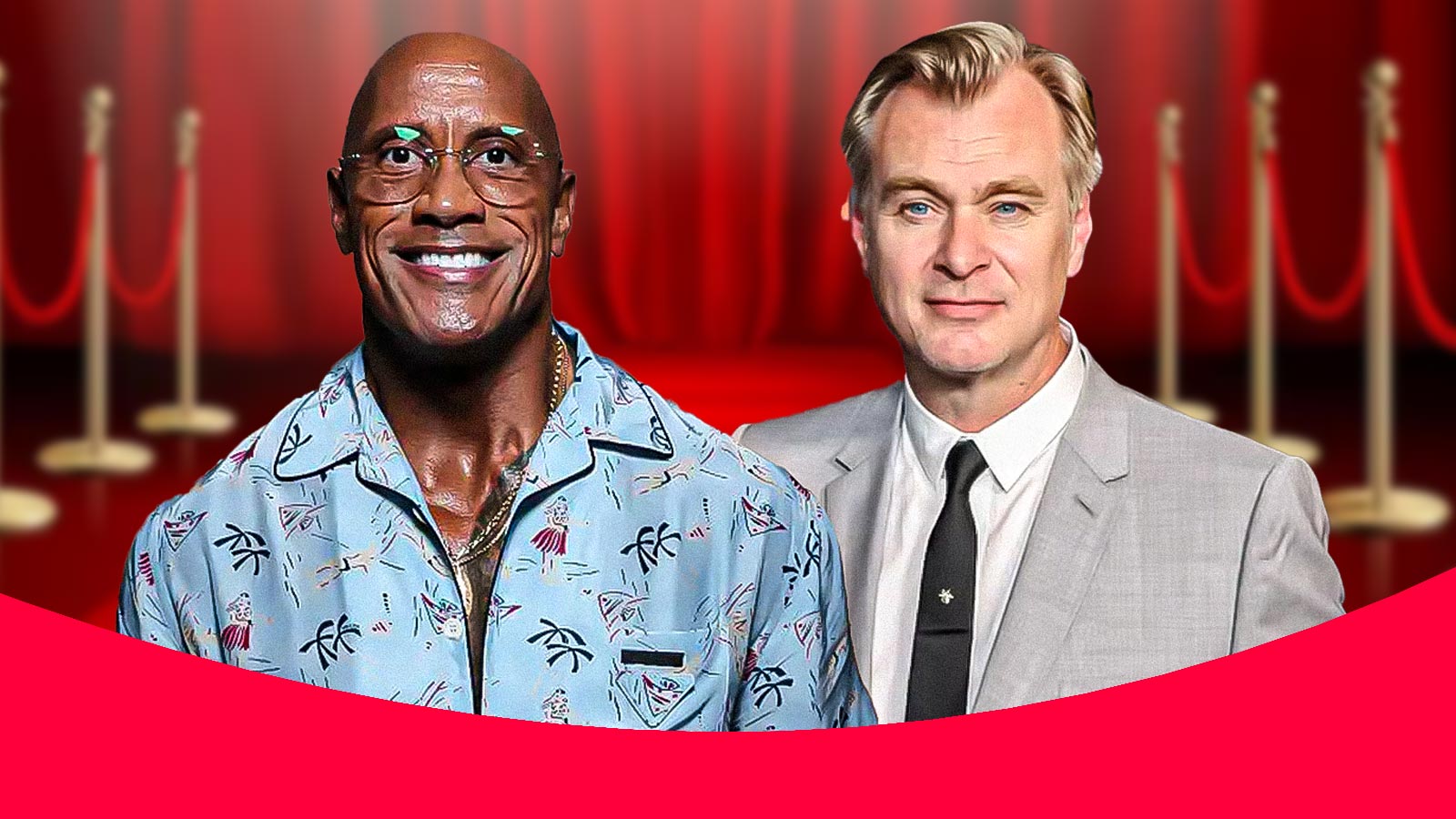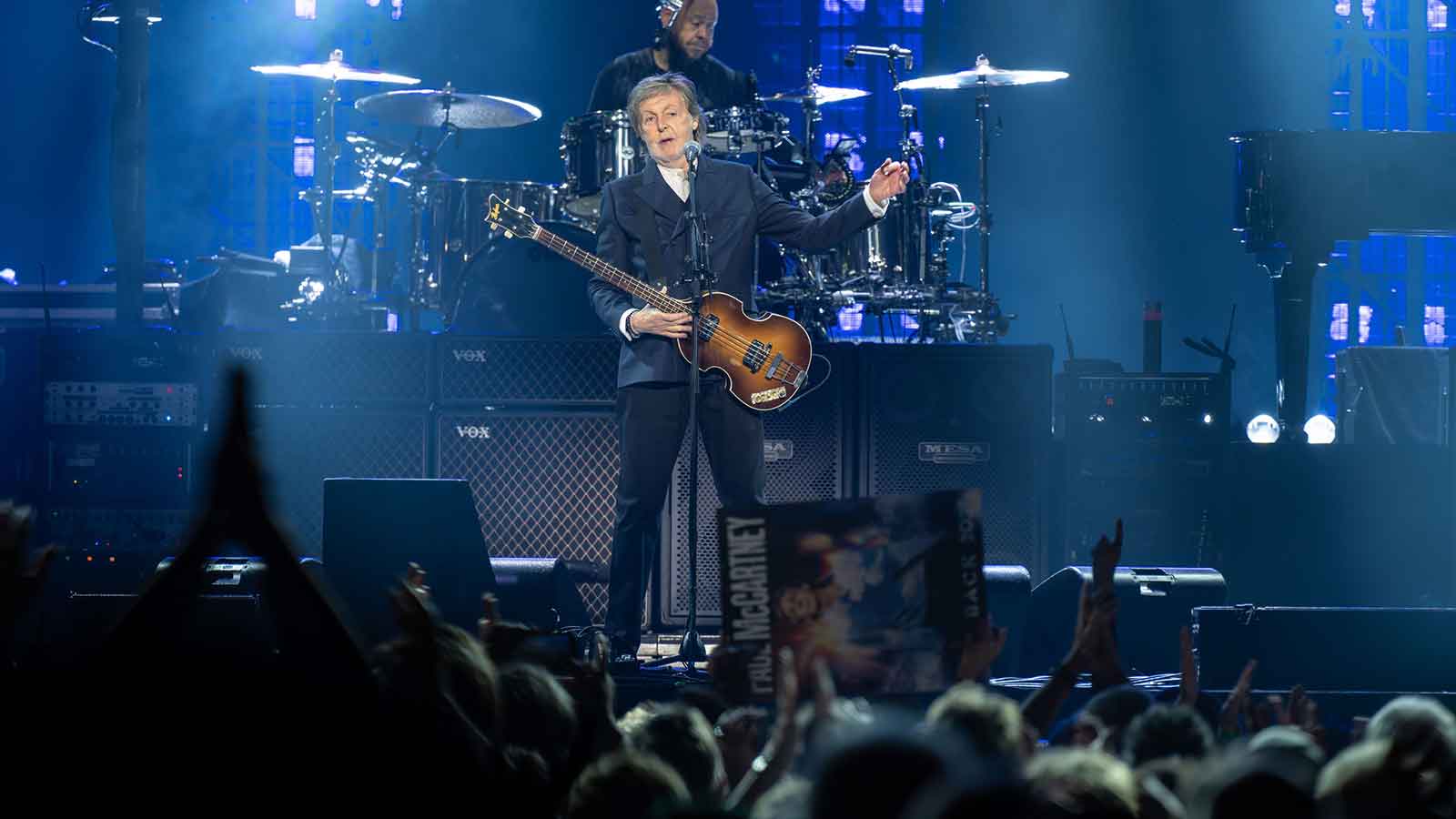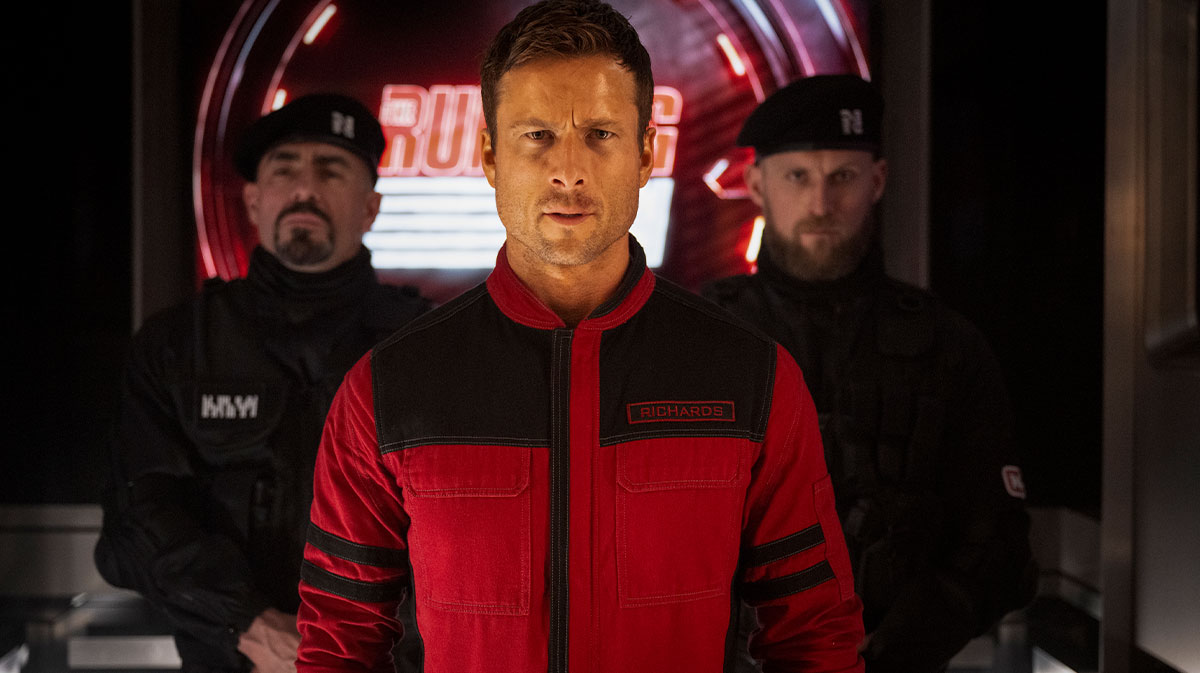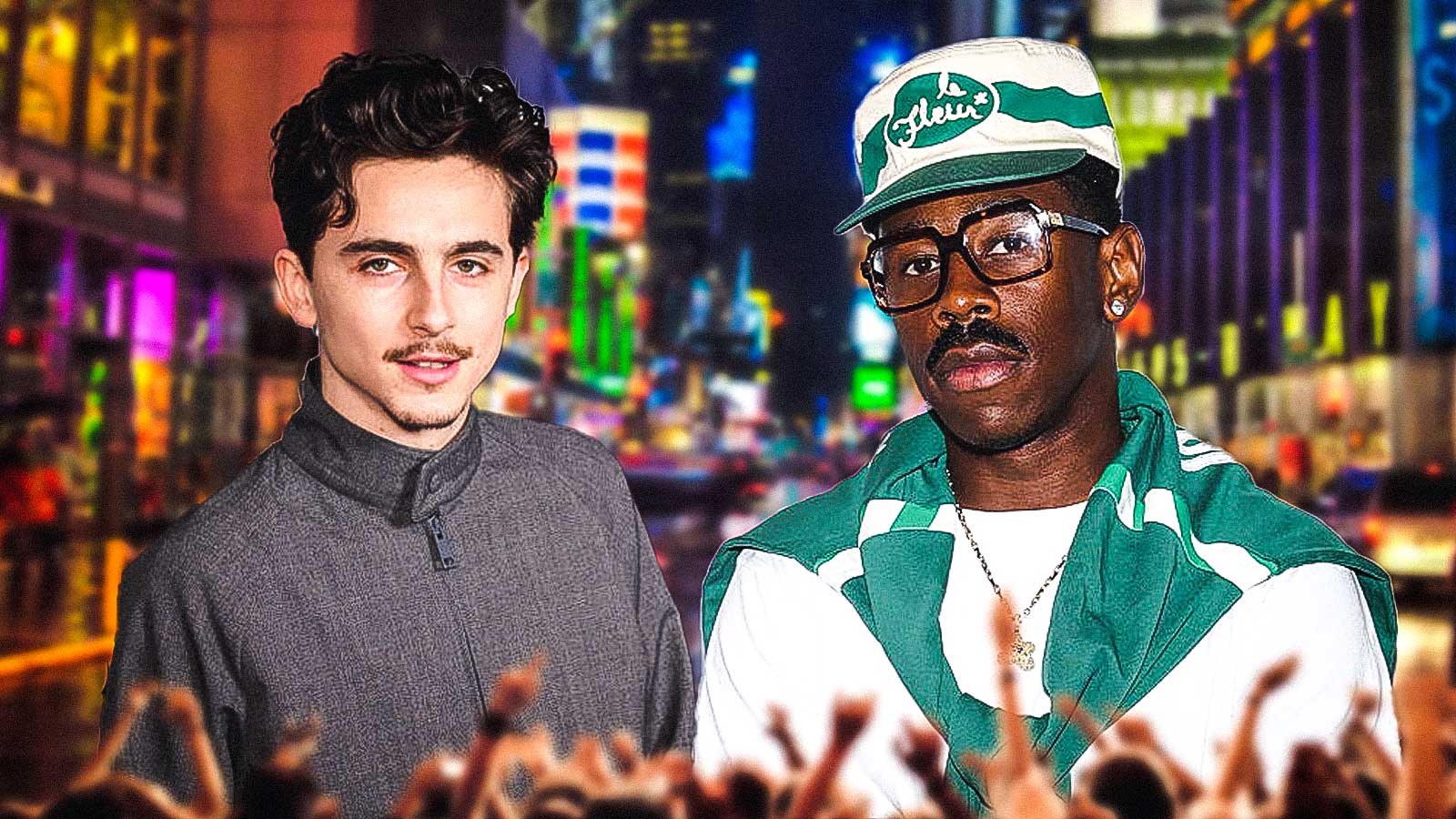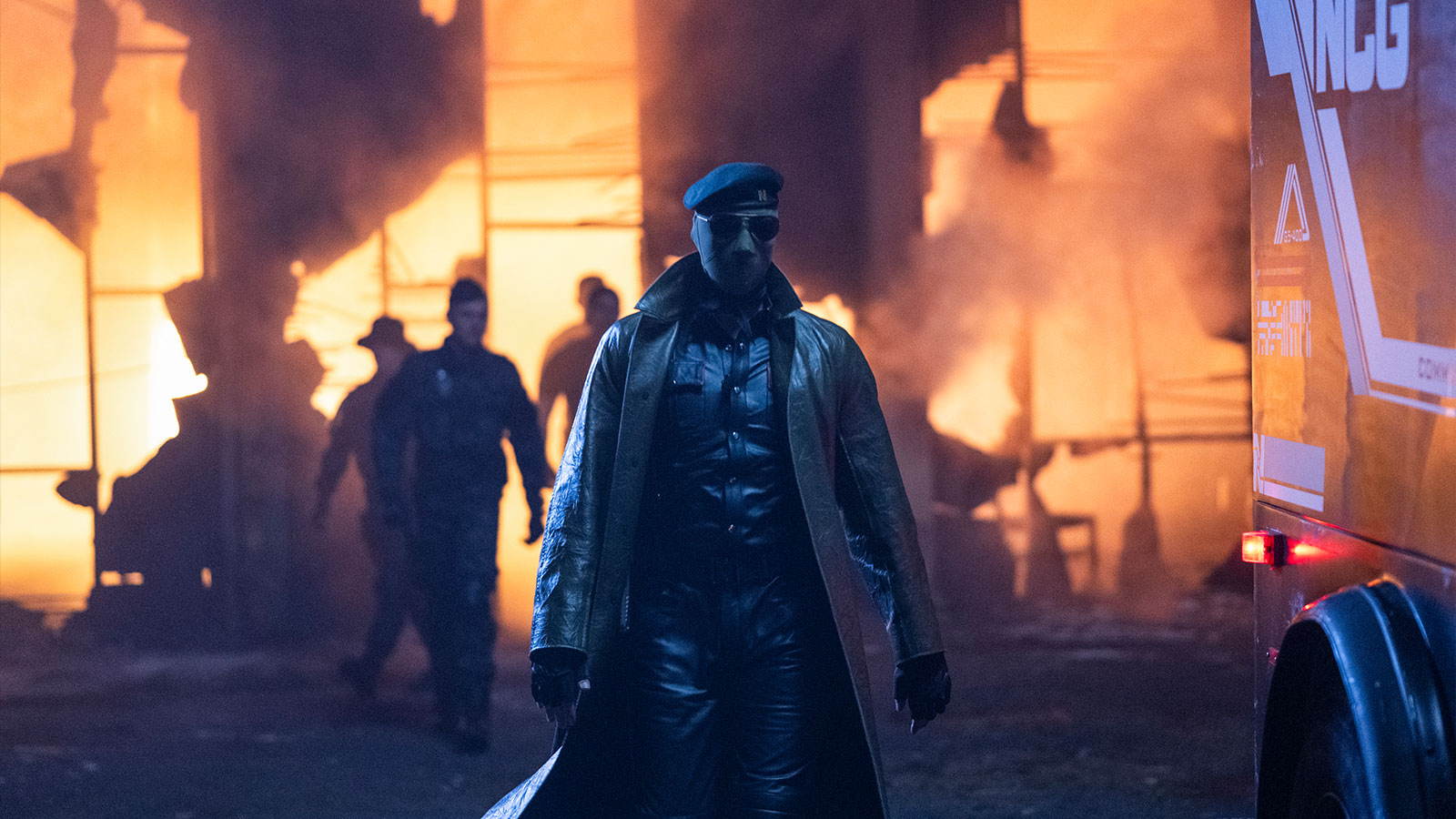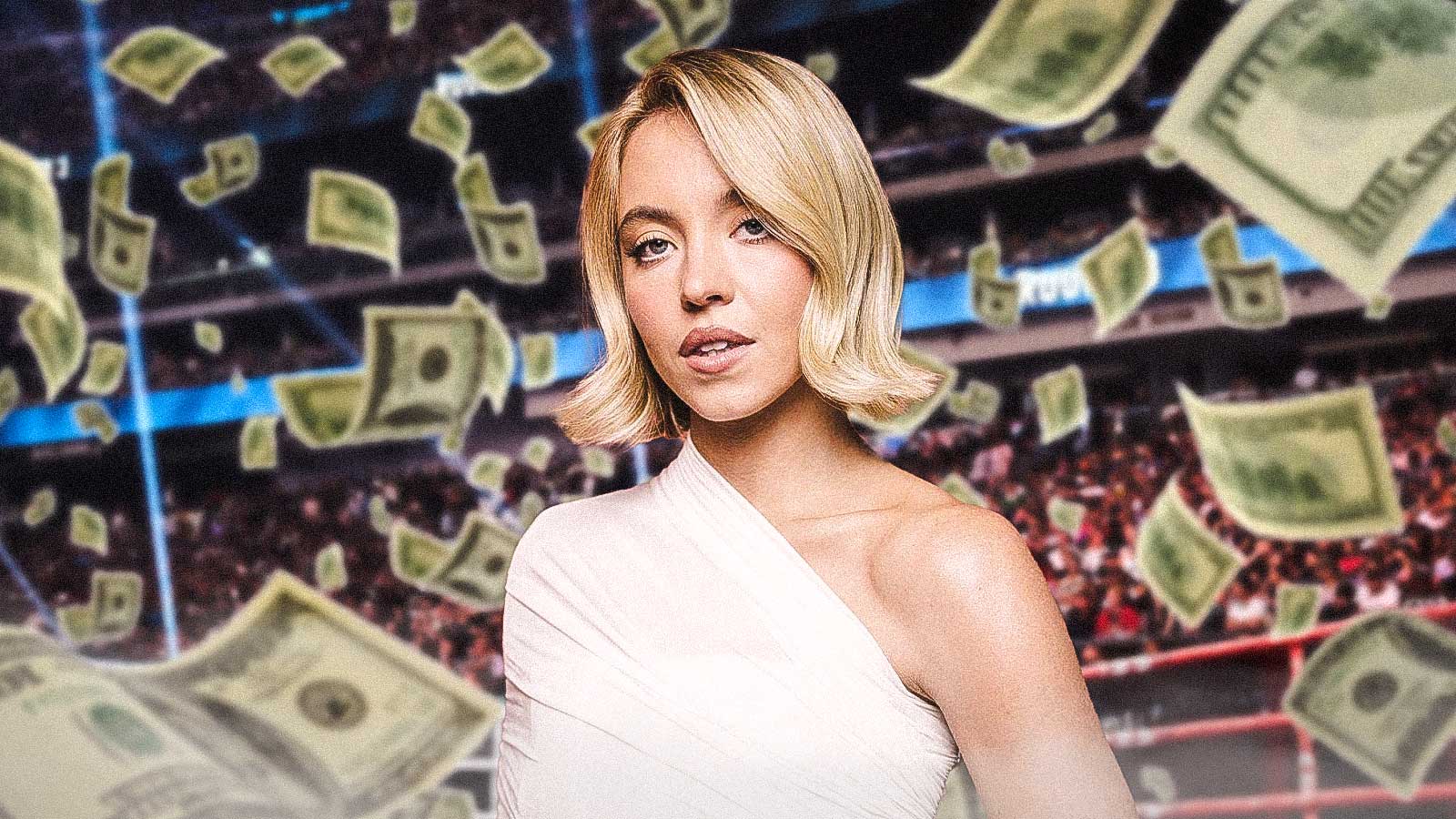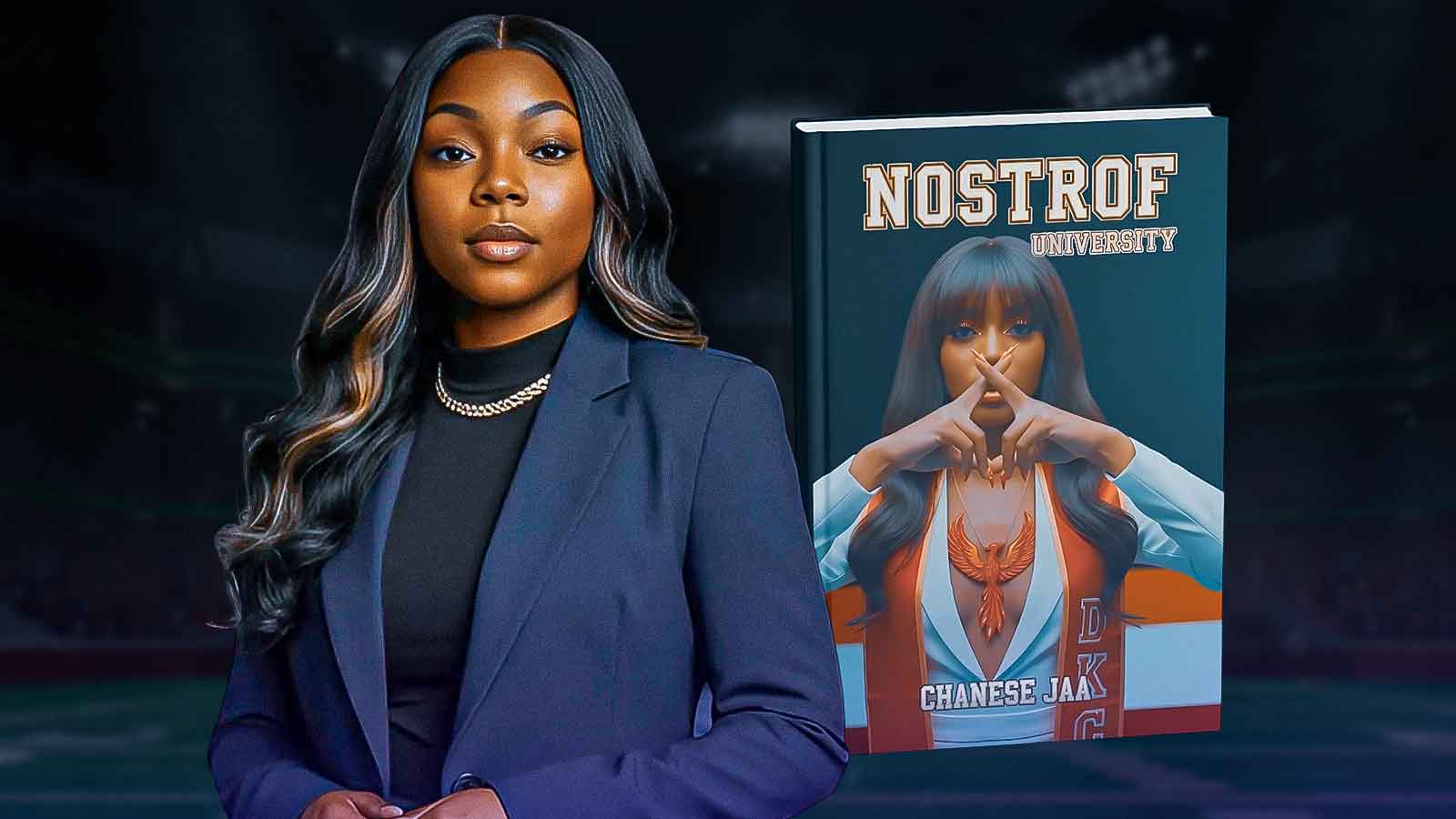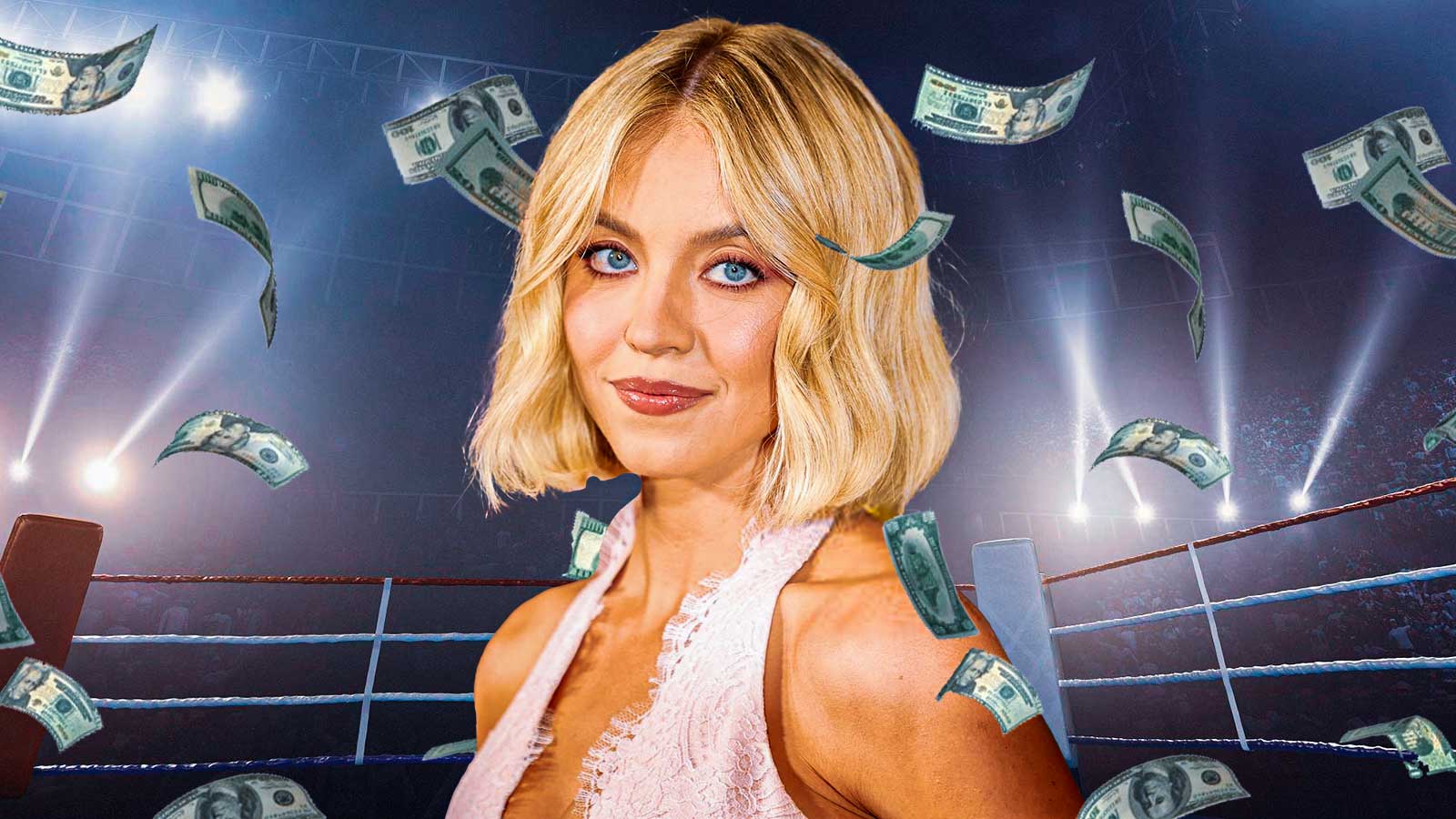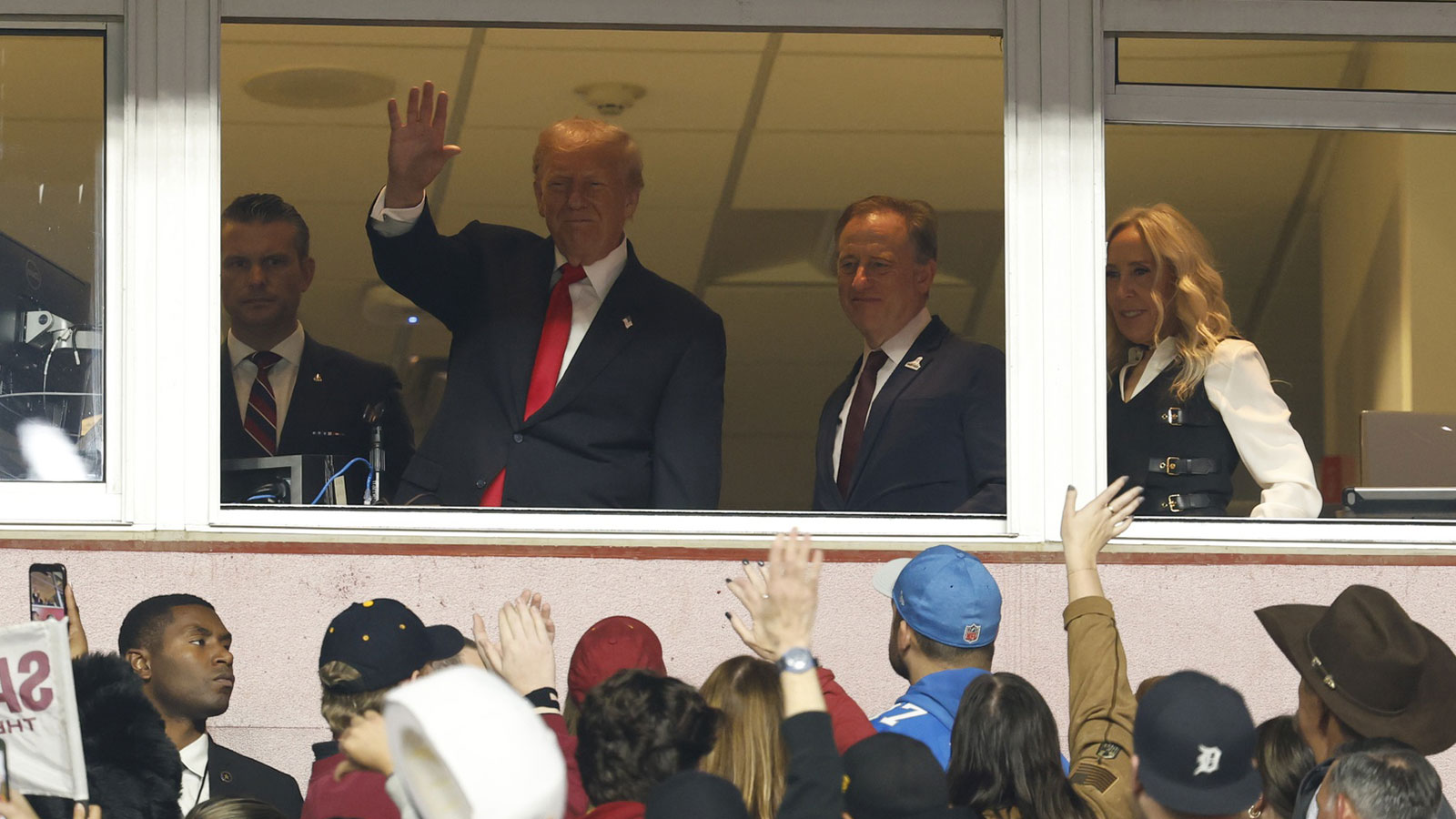Paramount has won the copyright lawsuit brought against them by the heirs of the author of the magazine story that inspired the 1986 Top Gun movie, according to The Hollywood Reporter.
The suit accused Paramount of creating the sequel without going through renegotiations for a new license.
US District Judge Percy Anderson dismissed the case Friday. He found that certain elements from the movie, such as the plot, dialogue, setting and theme, were “largely dissimilar” from the article written by Ehud Yonay, Top Guns.
Top Gun vs. Top Guns
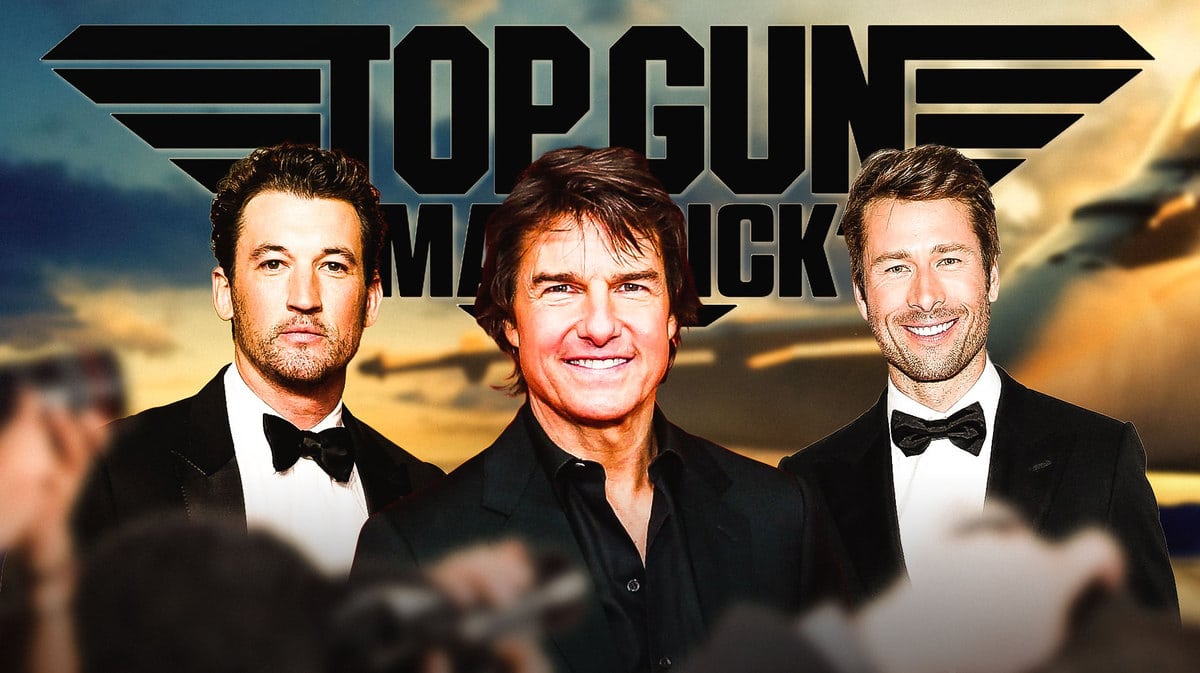
The court also concluded that the overlapping similarities such as the focus on a fighter pilot training school aren't under the protections of copyright law.
The plaintiffs, represented by noted copyright lawyer Marc Toberoff, plan to appeal the decision.
“Once Yonay's widow and son exercised their rights under the Copyright Act to reclaim his exhilarating Story, Paramount hand-waved them away exclaiming ‘What copyright?' It's not a good look,” he said.
Yonay's heirs, Shosh and Yuval, stated that the story rights reverted to them in 2020 and that they sent the studio a termination notice. The Yonays took advantage of a copyright law provision which allows authors to reclaim the rights after a designated time period.
The studio argued in court that it wasn't necessary to acquire a new license due to the article being a nonfiction work and did not have any similarities with the sequel. Paramount also stated that the sequel was already complete before the rights date of termination.
While the court didn't agree with Paramount's specific argument, attributing the case's dismissal to the unprotected factual similarities between the movie and the article.
“Although the plots of both the Article Sequel feature Top Gun and various graduates and instructors, Top Gun is a real fighter pilot school and the graduates and instructors mentioned in the Article are real people (i.e., Yogi and Possum). Those factual elements are not protected by copyright law,” the order stated.
What is the extrinsic test?
Judge Anderson's placed both works under what's called an extrinsic test. This test compares the similarities between the movie and the article that inspired it. This analysis is how the judge found that the majority of the similarities lie in the factual elements of both works, which aren't covered by existing copyright laws.
Aside from applying the test, the case's dismissal hinged on expert testimony. This is in keeping with the 9th US Circuit of Appeals' warning about prematurely dismissing copyright lawsuits before experts are called to testify.
Anderson previously presided over a similar case over Pulitzer Prize-winner Paul Zinder against Guillermo del Toro's The Shape of Water. Toberoff also represented the plaintiff.
Unlike Paramount's expert testimony, the one form from Yonays' side was excluded. This was done since the court agreed with the studio that he wasn't able to filter out the statements that weren't protected from copyright law.
His opinions were also considered “unhelpful” since the court determined they were subjective comparisons of the article and the movie.
The court also decided that Yonay didn't need to be credited in the sequel since the rights that were conferred to the article's author didn't apply to the movie.
Top Gun 3's script is currently in development.


